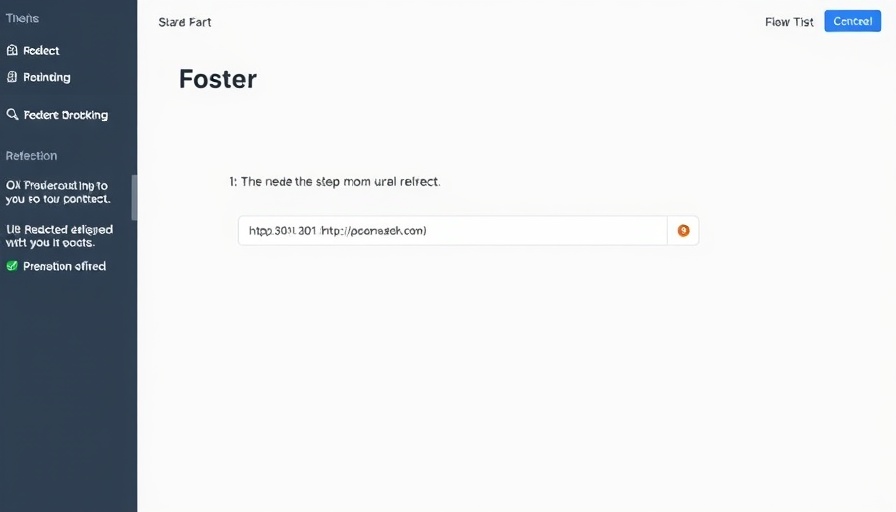
Why the Elevator Pitch Fails to Connect
We’ve all heard the term "elevator pitch"—that brief, persuasive speech intended to captivate and compel action in mere seconds. Yet, in reality, the elevator scenario is far from ideal. Imagine being crammed into a small space with a stranger, both parties avoid eye contact, and silence reigns. This space, usually characterized by tranquility, becomes an ironic backdrop for a moment aimed at impactful introductions. The elevator pitch presupposes that the other party is as eager to engage as the pitcher—an assumption that often leads to miscommunication.
The Origin Story: Hollywood to Boardroom
The phrase "elevator pitch" gained traction in Hollywood during the late 20th century. Aspiring writers had a narrow window—30 to 60 seconds—to pitch movie ideas to executives. However, what is often overlooked is that most interactions in those elevators were among insiders—people who shared contextual knowledge. This familiarity allowed pitches to soar; a quick reference like "It's Die Hard on a bus" resonated instantly.
Yet today’s business landscape is different. The challenge arises when encounters are with individuals outside your immediate network—those lacking common context. Pitching to a stranger, without prior engagement or understanding, risks coming across as irrelevant or, worse, self-serving. In this age of personalization, neglecting to consider your audience's needs can be detrimental.
The Shift Toward Inquiry: Elevator Questions
In an environment marked by skepticism and limited attention spans, we must pivot from traditional pitching to a more engaging method: asking questions. Questions are powerful—they invite dialogue, display interest, and dispense with the burdensome pressure of a sales pitch. Consider that most individuals are not seeking a sales pitch but rather an authentic connection.
This leads us to the concept of "elevator questions." By prioritizing inquiry over assertion, we can gather insights about others' values, challenges, and expectations. This approach fosters meaningful conversations where both parties feel acknowledged.
Structure of an Impactful Conversation
A successful encounter that takes place—whether in an elevator or through a virtual medium—should be structured around three essential components:
1. Ask Thoughtful Questions
Commence with open-ended questions that delve into the other person's experiences. Gestures like, “What was the motivating factor behind your last project?” signal an interest in collaboration rather than a scripted sales pitch. These discussions pave the way for a genuine connection that can yield long-term relationships.
2. Listen Actively
Following the inquiry, it’s critical to listen with intent. Active listening conveys respect and demonstrates that you value the other person's perspective. This skill not only strengthens rapport but also provides insights that can inform your follow-up dialogue.
3. Build on Insights
Instead of rushing to present your value proposition or product, utilize the insights gleaned from the conversation to tailor your response. If you learn about a challenge they face, position your solution as a genuine offer for assistance.
The Future of Engagement: Bridging Connections
For business owners aiming to foster trust and empathy in client relationships, shifting to this model can yield remarkable benefits. Engagement driven by curiosity promotes collaborative potential, enhancing client retention and acquisition strategies. As market dynamics evolve, those who choose to ask rather than pitch will have a distinct edge.
Taking Action: The Key to Engagement
Now that we understand the philosophy behind shifting from pitching to asking, the next step is application. Challenge yourself this week to approach a networking opportunity by asking questions first. Notice the differences in responses and how they make you feel compared to when you pitch. Document your experiences and reflect on the outcomes.
Conclusion: Embrace the Evolution
Transitioning from a sales mindset to one of genuine inquiry is critical in today’s business landscape. Reframing our approach not only helps us connect better but also nurtures our professional relationships. As business owners and consultants, let us ask more and, in turn, win more by doing so.
 Add Row
Add Row  Add
Add 






Write A Comment